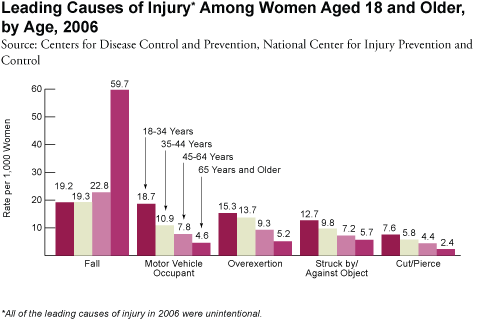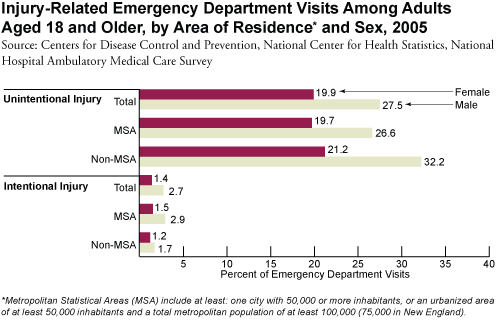67% of women questioned say they started severe conflicts
Brad Evenson and Carol Milstone
Saturday, July 10, 1999
National Post
National Post
OTTAWA - Women are just as violent to their spouses as men, and women are almost three times more likely to initiate violence in a relationship, according to a new Canadian study that deals a blow to the image of the male as the traditional domestic aggressor.
Perhaps the most surprising aspect of the study, however, is the source of the data -- a 1987 survey of 705 Alberta men and women that reported how often males hit their spouses.
Although the original researchers asked women the same questions as men, their answers were never published until now.
When the original Alberta study was published in the Canadian Journal of Behavioural Science in 1989, it was taken up by feminist groups as evidence of the epidemic of violence against women.
The researchers, Leslie Kennedy and Donald Dutton, say they were primarily interested in male-to-female violence at the time.
In any case, the one-sided Kennedy-Dutton study was cited extensively in a 1990 House of Commons committee report The War Against Women, which ultimately led Brian Mulroney, the former prime minister, to call a two-year, $10-million national inquiry into violence against women. The inquiry's 460-page report made 494 recommendations aimed at changing attitudes in governments, police departments, courts, hospitals and churches. It also led to a torrent of lurid news features about battered women.
The current study, which will appear this week -- again, in the Canadian Journal of Behavioural Science -- says that while the need to stop violence against women is obvious, violence against men is being ignored.
"Our society seems to harbour an implicit acceptance of women's violence as relatively harmless," writes Marilyn Kwong, the Simon Fraser University researcher who led this study.
"Furthermore, the failure to acknowledge the possibility of women's violence . . . jeopardizes the credibility of all theory and research directed toward ending violence against women."
The study shows roughly that 10.8% of men in the survey pushed, grabbed or threw objects at their spouses in the previous year, while 2.5% committed more severe acts, such as choking, kicking or using a weapon.
By contrast, 12.4% of women committed acts of minor violence and 4.7% committed severe violence.
The violence is seldom one-sided. Of those surveyed, 52% of women and 62% of men reported that both partners were violent.
When questioned about who initiated the most severe conflicts, 67% of women believed they had started it; only 26% believed it was their male spouse.
Regardless of who started it, women appear to end up the losers in the struggle. A major U.S. study on the topic shows 3% of women suffer injuries in spousal violence, while only 0.4% of males were hurt badly enough to seek medical care.
Publication of the "other side" of the violence study provides a sharp illustration of how social science is manipulated to fit a particular agenda.
"It happens all the time. People only tell one half of the story," says Eugen Lupri, a University of Calgary sociologist whose research shows similar patterns of violence against men.
"Feminists themselves use our studies, but they only publish what they like.
"As some feminists say, it's counter-intuitive. We would not expect that to be true; and if things are not expected to be true, for some people they are not true."
Even the federal government appears to turn a blind eye. In 1993, Statistics Canada began to keep track of assaults by men on women in its Violence Against Women survey. But it does not measure the female-to-male violence. "At the time, it was decided that since violence against women was more prevalent, we would only keep track of that," explains spokesperson Shelley Crego.
Ms.Crego said this decision was based on police reports, noting women complain more frequently of assault by men than vice versa.
In her article, Dr. Kwong implies this creates an incorrect picture. "It is important to keep in mind that, within the criminal justice system, any of the physical acts endorsed by these respondents would constitute assault," she writes.
Nor does it appear that violence is confined to married or common-law relationships.
In a separate study to be published this week, researchers from the University of Regina and Wilfrid Laurier University report that 39% of males surveyed said they suffered violence while on a date, compared with 26% of females.
"This sex difference has been found in other studies of physical and psychological dating violence," report researchers Donald Sharpe and Janelle Taylor.







No comments:
Post a Comment